From Solukhumbu to Colorado: Tracing Lhakpa Sherpa’s Footprints
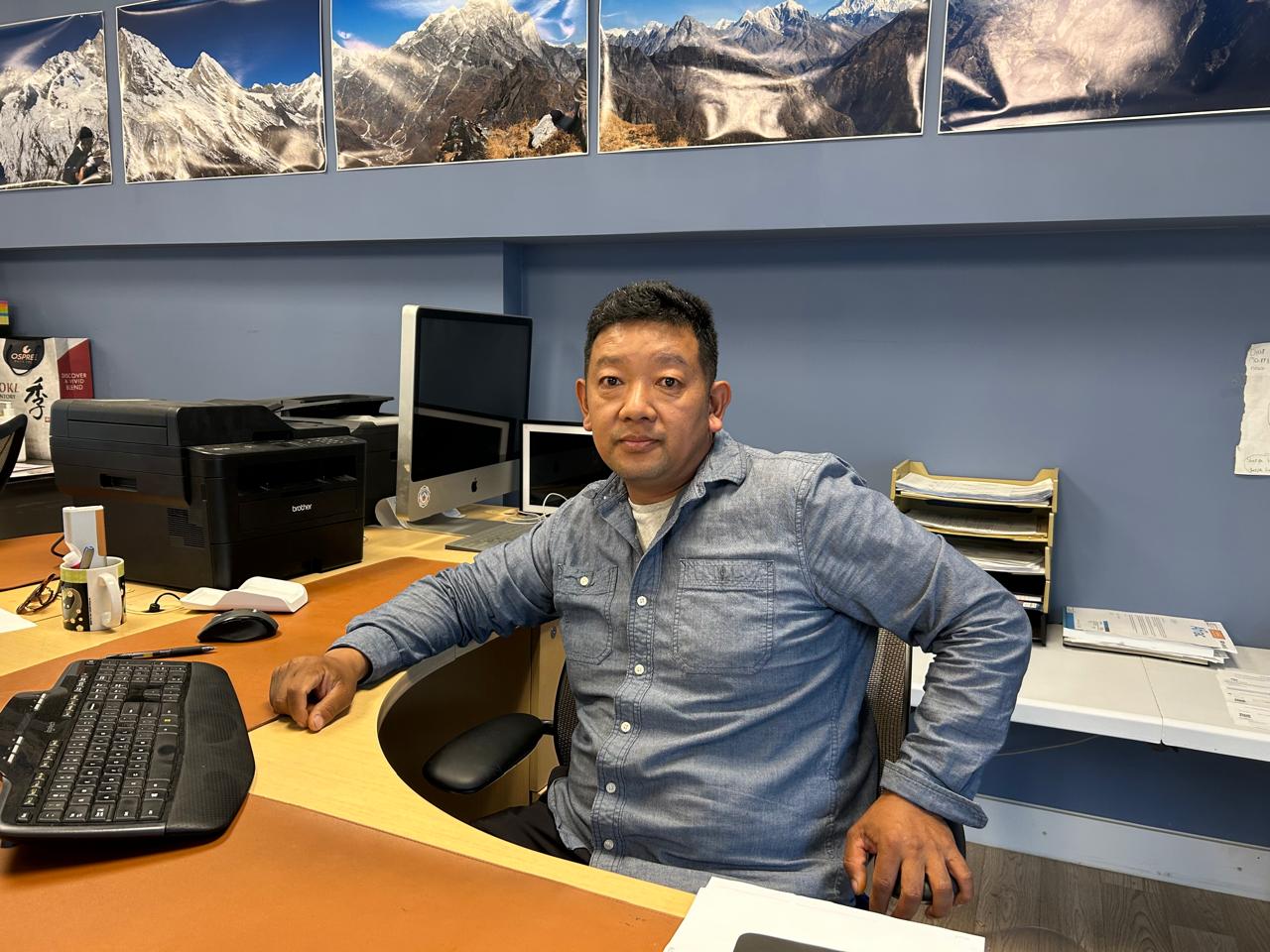
Dirgha Raj Upadhyay, Colorado
Hunger is said to be the greatest thing. But hunger for what? That is what matters. Hunger for a meal? Or hunger to create history? If it is the hunger for rice, then life will be spent just trying to manage that. One becomes happy with just a single meal.
The hunger to touch the sky of success pushes a person to great heights. Driven by that desire, they are willing to go to any length, work as hard as it takes, and overcome any barrier to reach their goal.
Lhakpa Sherpa’s story of fifty years of struggle and success speaks exactly this truth.
In the remote village of Syangma in Solukhumbu, Lhakpa was born in 1975. He is the eldest of three children of Karma Gyaljen Sherpa and Chechima Sherpa.
Syangma lies on one side, and Lukla on the other, with the Dudh Koshi river flowing between them. Syangma is a small village with just fifteen households. Though each family has its own courtyard, they share the same roots—raising yaks, cultivating buckwheat, millet, and wheat—their means of survival. About three hours away lies the yak pasture and meadow, and there stood Mahendra Jyoti Secondary School. Lhakpa used to attend school there, making a daily six-hour round trip. During vacations, he would graze yaks in the pastures.
Between Syangma and Namche flowed the Dudh Koshi river—no permanent bridge existed, only a fragile wooden suspension bridge. During the monsoon, the river would swell and often wash it away, cutting off the Namche route. The Sherpas depended entirely on that fragile wooden bridge—their path, their lives, and their dreams all hanging in the balance.
He learned the alphabet in his own village at Mahendra Jyoti Secondary School. In 2050 B.S., he completed his SLC from there, becoming the first student from Syangma village to do so. After that, he went to Kathmandu to pursue higher education.
He enrolled in the I.Com(Intermediate in Commerce) program at Ratna Rajyalaxmi Campus. His elder brother Pemba used to bring tourists from the United States. Following in Pemba’s footsteps, he got involved in trekking—and gradually, his studies fell behind.
During that time, he made American friends—one of whom later sponsored him. With their help, he traveled to the United States on a tourist visa in 1996. Six months later, he returned to Nepal. In 1997, he went back to the U.S. on a student visa—and this time, he didn’t return. He enrolled in college and began working alongside his studies. He worked in Indian, Chinese, Tibetan, and Japanese restaurants—day and night—just to cover his education expenses. What was supposed to be a six-year academic journey took him ten years to complete.
He had always dreamed of becoming a pilot—he wanted to fly planes in Nepal. While studying management, he also began pilot training. But in the midst of it all, he received his Green Card. Some opportunities have the power to change one’s path, dreams, and desires—and for him, the Green Card did just that.
During his studies, he fell into debt. In 2005, after completing his education, he started his own company: Sherpa Landscaping. The business quickly took off, bringing in a steady stream of work. Within just a year, he managed to pay off all his debts. From the income of that very first year, he even bought a house in Kathmandu. Gradually, his financial foundation grew stronger.
There was a good market for flower garden decoration and management. Work was nonstop during the summer, but in winter, his employees often faced unemployment. To keep busy even in the off-season, he came up with a plan. In 2009, he leased land in Golden city and opened a restaurant. The idea was to attract customers for dinner in the evenings. However, the restaurant quickly won over customers, and soon it became crowded. Fridays, Saturdays, and Sundays became especially busy, with the restaurant packed with guests. What was supposed to be a side business soon became his main profession.
He wanted to open a restaurant—but not just any restaurant. He asked himself, what would make it truly unique? Determined to celebrate his roots, he set out to create a place that showcased the authentic culture of the Sherpa people. Over the course of four years, he made yearly trips to Nepal to gather traditional and vintage items—old tape recorders, radios, clay pots, prayer wheels, and stoves. Combining all these pieces, he crafted a special atmosphere called Sherpa Village and named it Sherpa House Restaurant and Culture Center—a place where Sherpa heritage comes alive through food and culture.
Golden, Colorado—a town as charming as its name. Clean, well-organized, with a market that climbs gently uphill. At a bend along the slope stands Sherpa House, easy to recognize from a distance. A monastery in America? From the outside, it almost feels like one. On one side is the Sherpa Gift House, on the other, a monastery. In the middle sits the restaurant. It brings back the feeling of the radio era—the old tape recorder is still there. It feels like being in Khumjung. Inside Sherpa House, you’ll find the spirit of Solu, Khumbu, and Syangma.
 Sherpa House runs by its own rules. Lunch is served from 11 a.m. to 2:30 p.m., and dinner from 5 p.m. to 9 p.m. That’s the only time it’s open—the rest of the day, it’s closed. Sherpa says staff who work hard deserve time to rest. The restaurant has a seating capacity of 200 and often gets fully packed. On some days, as many as 600 people come through its doors.
Sherpa House runs by its own rules. Lunch is served from 11 a.m. to 2:30 p.m., and dinner from 5 p.m. to 9 p.m. That’s the only time it’s open—the rest of the day, it’s closed. Sherpa says staff who work hard deserve time to rest. The restaurant has a seating capacity of 200 and often gets fully packed. On some days, as many as 600 people come through its doors.
At Sherpa House, which closes after lunch, customers start pouring in like ants as soon as it nears 5 p.m. By evening, the place gets so crowded there's barely room to stand. But no one leaves—they wait their turn to enjoy the taste of Sherpa cuisine.
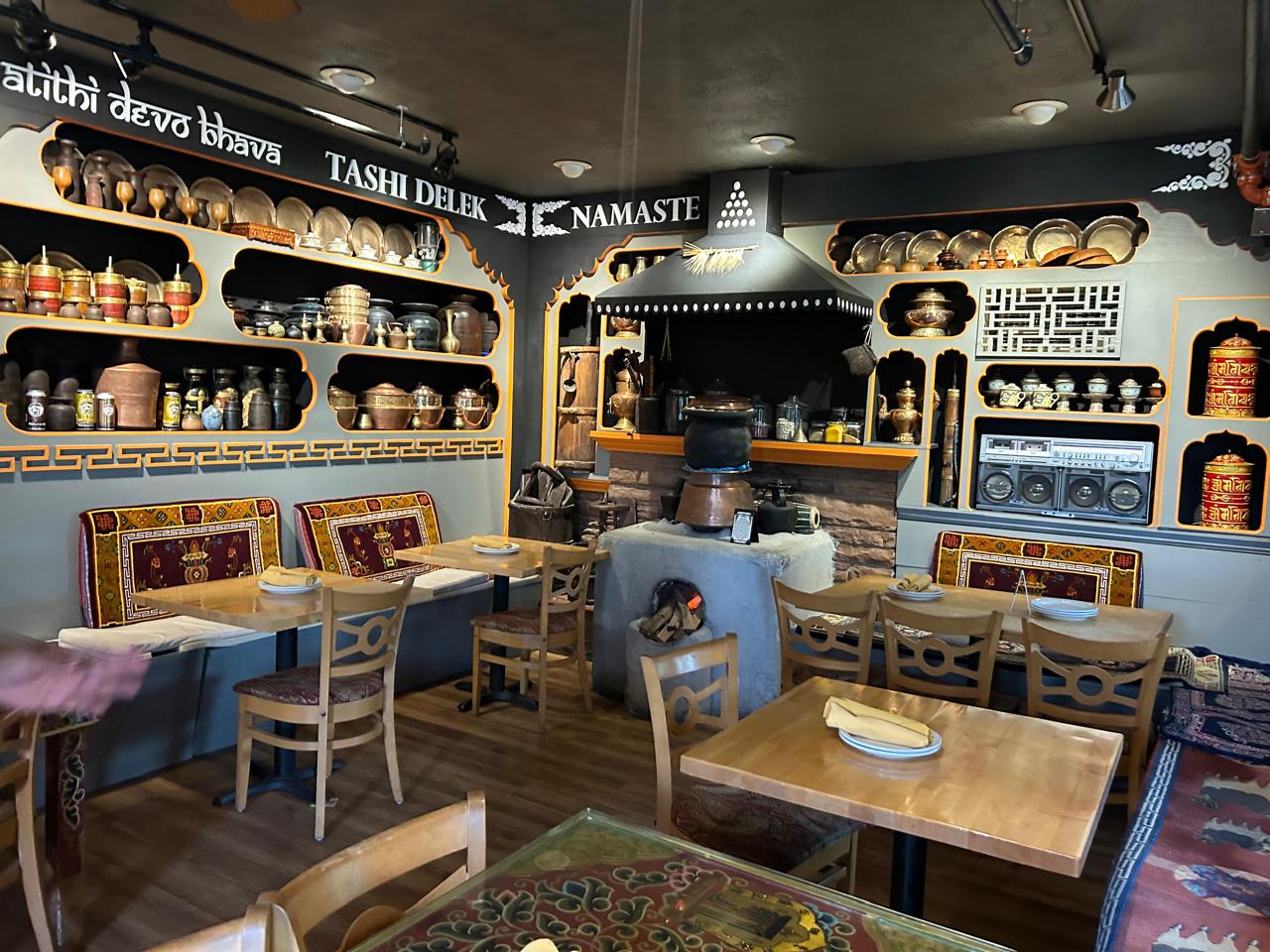 So, what’s on the menu? What’s cooking in the kitchen? And who’s behind those delicious meals? In the kitchen are brothers Danuru Sherpa and Panuru Sherpa—both of whom have summited Everest 16 times—along with many other Sherpas.
So, what’s on the menu? What’s cooking in the kitchen? And who’s behind those delicious meals? In the kitchen are brothers Danuru Sherpa and Panuru Sherpa—both of whom have summited Everest 16 times—along with many other Sherpas.
By Lhakpa’s side at every step is his wife, Phurba Diki. Lhakpa handles the management and work outside, while Phurba takes care of the kitchen. She is the head chef. Lhakpa is known for his warm hospitality, and Phurba for her delicious cooking.
Not just the chefs—even the waiters are Everest climbers. It feels as if Everest itself is right here.
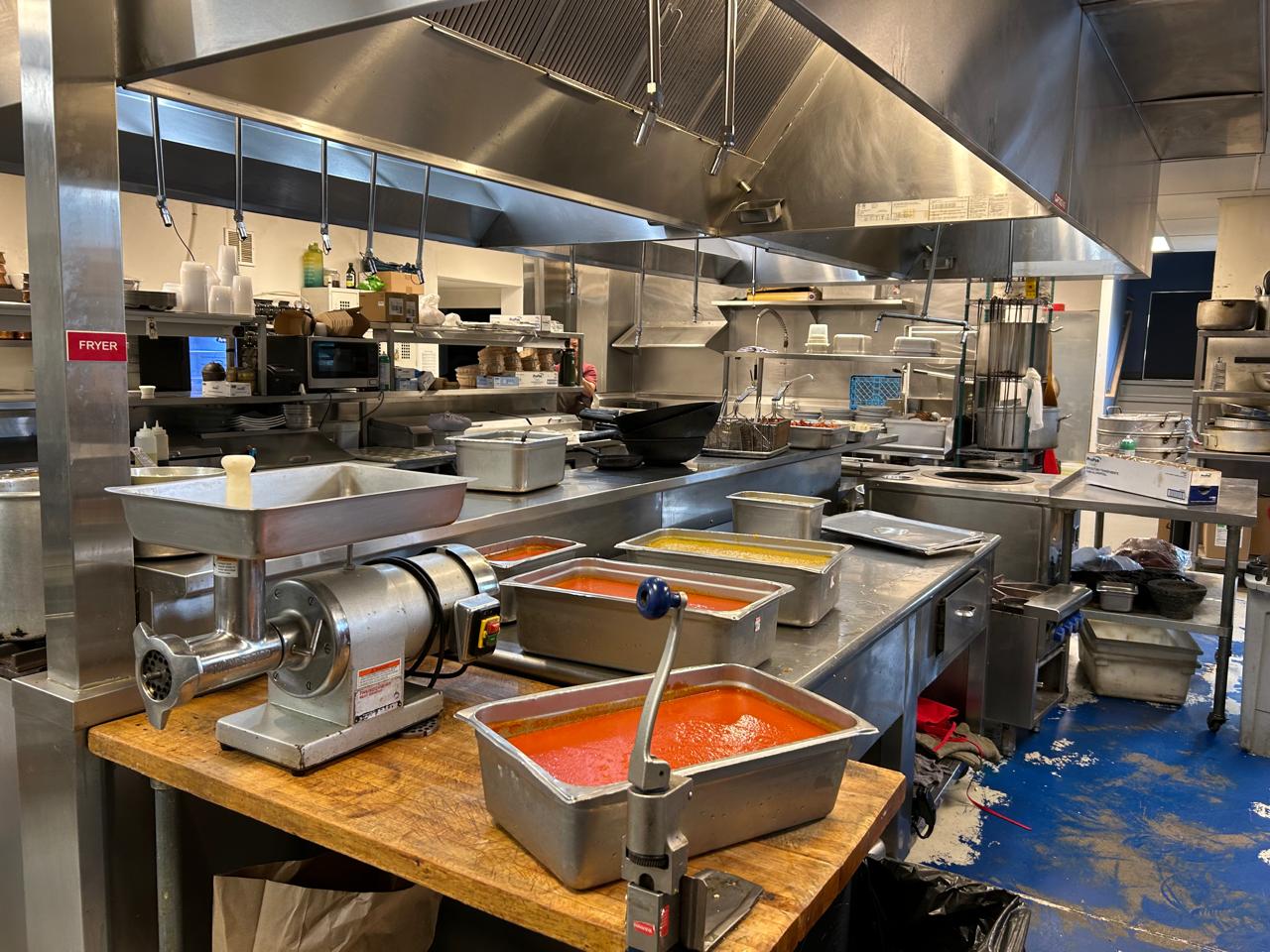 The kitchen offers a mix of Chinese, Indian, Thai, Japanese, and many other dishes. Sherpa cuisine is a must, of course. You’ll also find favorites like chow mein, naan, thukpa, momos, and even comforting Indian-style dal. Most of the guests are American, while about five percent are Nepali or Indian. Sherpa House runs smoothly with a team of 28 people.
The kitchen offers a mix of Chinese, Indian, Thai, Japanese, and many other dishes. Sherpa cuisine is a must, of course. You’ll also find favorites like chow mein, naan, thukpa, momos, and even comforting Indian-style dal. Most of the guests are American, while about five percent are Nepali or Indian. Sherpa House runs smoothly with a team of 28 people.
In 2013, he and his brothers opened Sherpa Brewery in Chitwan. Today, it provides jobs to 150 people. Sherpa Beer is Nepal’s first craft beer. He proudly claims it contains no additives, just pure ingredients, and believes it stands out for both its quality and taste.
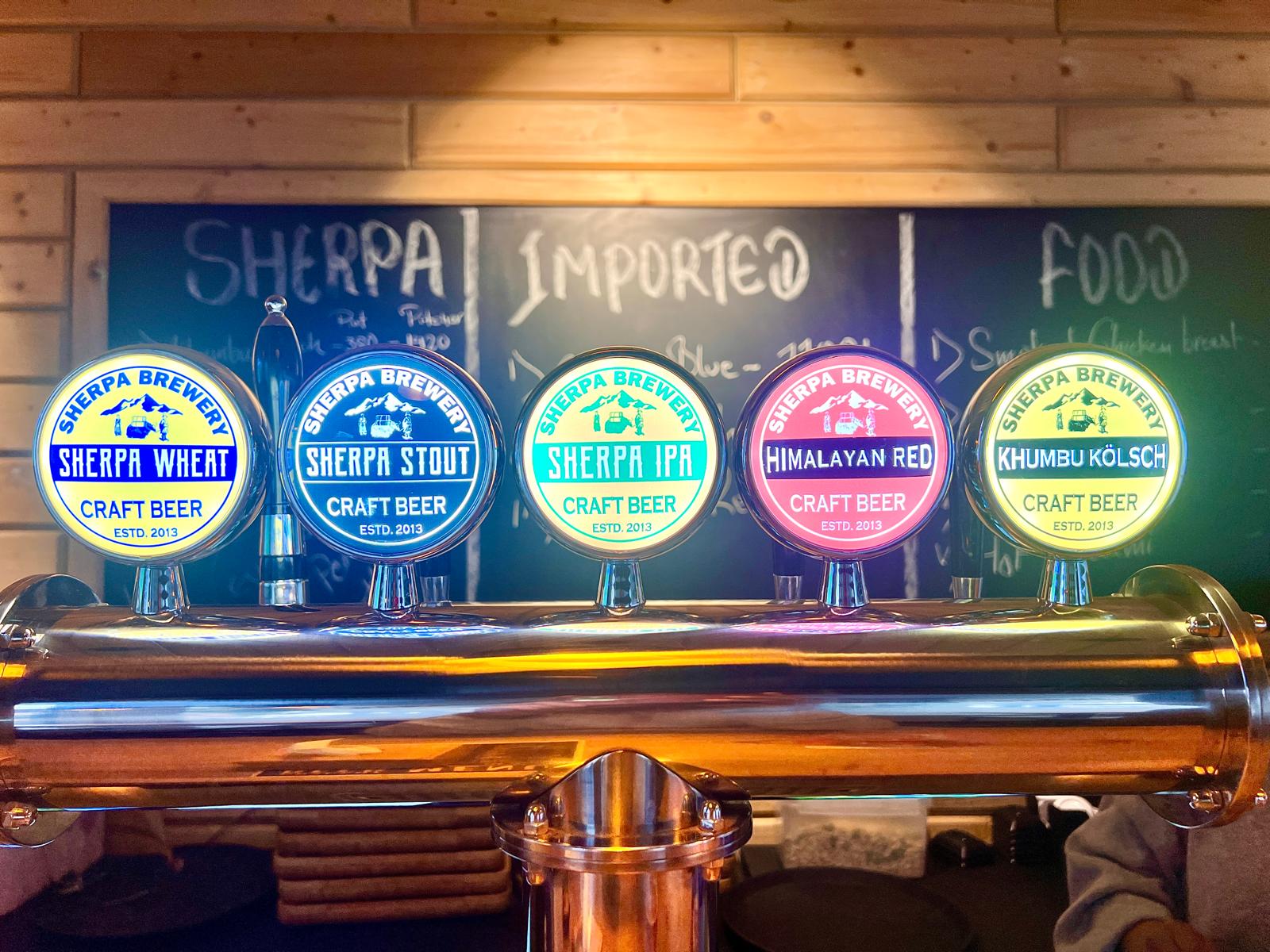 The nature of business is profit—but for him, it’s about service. Along with his business, he also runs a non-profit organization. He doesn’t calculate how much of the profit he gives away. His principle is clear: wherever there’s a problem, he’s there to help.
The nature of business is profit—but for him, it’s about service. Along with his business, he also runs a non-profit organization. He doesn’t calculate how much of the profit he gives away. His principle is clear: wherever there’s a problem, he’s there to help.
Lhakpa is naturally generous and never worries about how much he spends on social causes—it simply doesn’t matter to him. Whenever there’s a need, he’s there to help. Guided by a deep sense of service, he gives without hesitation. For instance, he contributed 1.5 million rupees to build a community center in Byankar village, Pasang Lhamu Rural Municipality, Khumbu, and donated 1.4 million rupees toward a hostel for children at the Everest Children’s Home in the same village.
He donated 1 million rupees to build the Dhamma Sagar Vipassanā Meditation Center in Lukla. He spent 400,000 rupees to rebuild Phudorje Sherpa’s house in Tante village. For Gyalé Sherpa from Syangma village, he sent 5,000 dollars to help with a kidney transplant. He is also supporting the education of three children from underprivileged families. When the earthquake destroyed Mahendra Jyoti School, where he once studied, he contributed 5 million rupees towards its reconstruction.
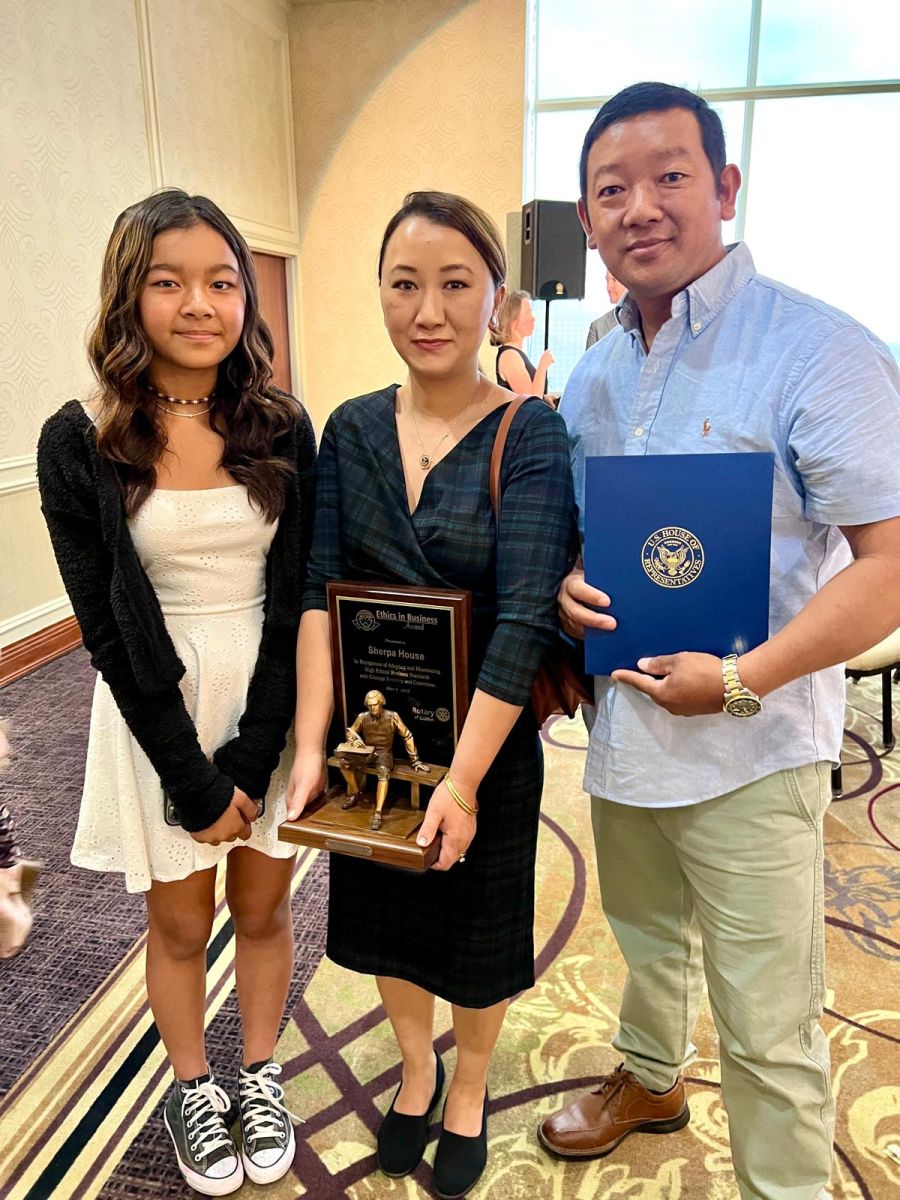 He invested 2 million rupees to build a hostel, ensuring students have a safe place to stay. He generously gave 4 million rupees to help build the road linking Lukla and Syangma, the very path he once walked. On top of that, he donated 1 million rupees to construct public restrooms by the riverbank, improving basic facilities for the community. With his support, a health post was also built in Yawa village of Taksindu Rural Municipality, where he contributed 2 million rupees, bringing much-needed healthcare closer to the people.
He invested 2 million rupees to build a hostel, ensuring students have a safe place to stay. He generously gave 4 million rupees to help build the road linking Lukla and Syangma, the very path he once walked. On top of that, he donated 1 million rupees to construct public restrooms by the riverbank, improving basic facilities for the community. With his support, a health post was also built in Yawa village of Taksindu Rural Municipality, where he contributed 2 million rupees, bringing much-needed healthcare closer to the people.
He has a company called Hike for Help. Since 2011, through this organization, he has been taking 50 American students to Solukhumbu every year. All the money earned from taking them hiking is fully invested back into social work in Solukhumbu.
The village where he was born, the paths he once walked, the friends who stood by him, and the community that gave him his name and identity—he has opened his heart wide to support them all. Just recently, he donated $63,000 to build a community center for the Sherpa community in Colorado. Who gave how much? That’s not something he cares about. He doesn’t chase recognition or enjoy the spotlight. He simply gives, quietly and wholeheartedly.
Under Lhakpa’s leadership, a new initiative has begun to include Syangma village in the World Heritage list. The entire village is being transformed into a religious park, with a water-circulating path built in front of every house—from the hilltop to the foothills. The project’s cost has exceeded 12 million rupees.
A deep love for culture in his heart, skill in his hands, creativity in his mind, and kindness in his soul—he carries a unique hunger for success. That is who he is. He is equally devoted to meditation, Vipassana, and spirituality, setting aside ten days every year for Vipassanā practice.
He seems stubborn, almost like a child. Yet, he’s also a determined seeker, like Bhagirath—once he starts something, he must conquer it. On Sherpa New Year’s Day, he saw a beautiful young woman at the restaurant and instantly fell for her. Without even asking her opinion, he boldly said, “I want to marry you.” That’s the daring side of Lhakpa. The young woman didn’t refuse, and she became his wife, Phurba Diki Sherpa. Together, they have a daughter.
He rarely takes a break. Whenever he gets some free time, he dives into his art. He carves statues—Buddha figures, intricate thangka paintings—and immerses himself in the mantra “Om Mani Padme Hum.” He works with jade, shaping stones into various forms. Right beside the jade, there’s a 3D printer, creating different-sized models. He even makes 3D maps of the Himalayas, carving Khumbu, Syangma, and Namche into them. Whenever he feels the urge to visit his village, he simply looks at these maps and feels at home—there’s Syangma, right there before his eyes, and that’s enough to soothe his heart.
A prayer wheel spinning with the flow of water, flags fluttering high, mantras painted on the walls, and Buddha’s image visible everywhere — it feels like everyone belongs to Buddha, and Buddha belongs to all of us.
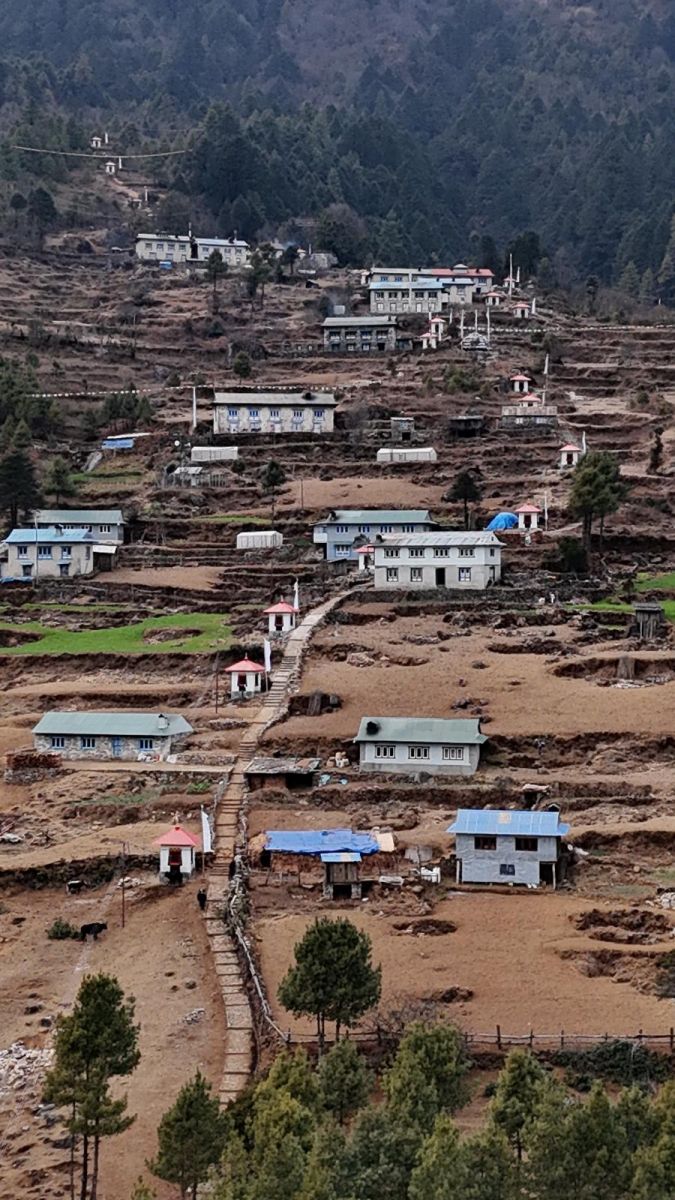
There were many nights when LHakpa went to sleep hungry, sometimes spending the whole day eating just a single potato. But he never gave up, never got tired, never lost hope. The relentless hunger inside him never let him back down. He kept working hard, and that hard work became his unique identity.
He visits the village every year. He never goes empty-handed. Even if he can’t go himself, his gifts reach the village. He says, “Why go empty-handed? No matter how much you earn or save, you can’t take anything with you after death. So why hold on so tightly? Why worry?” When he talks like this, he sounds almost like a wise wanderer. Everyone is out there doing business — but he’s busy sharing love, wealth, and brotherhood. “Has anyone ever felt truly fulfilled by what they’ve earned?” he asks.
To succeed, hunger is essential,” he said, sharing his final mantra. “Those who get stuck on the hunger for just a meal never get very far.
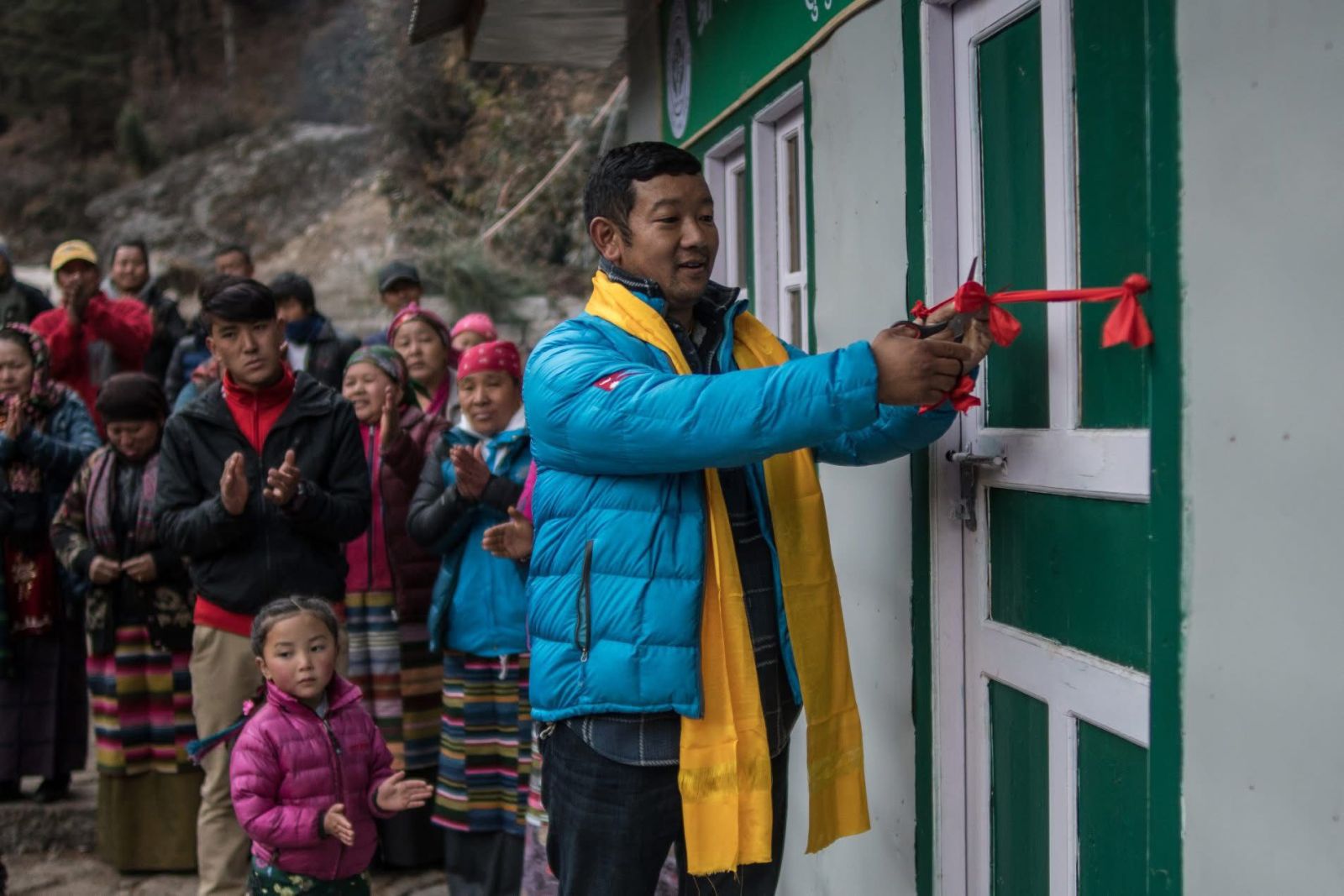
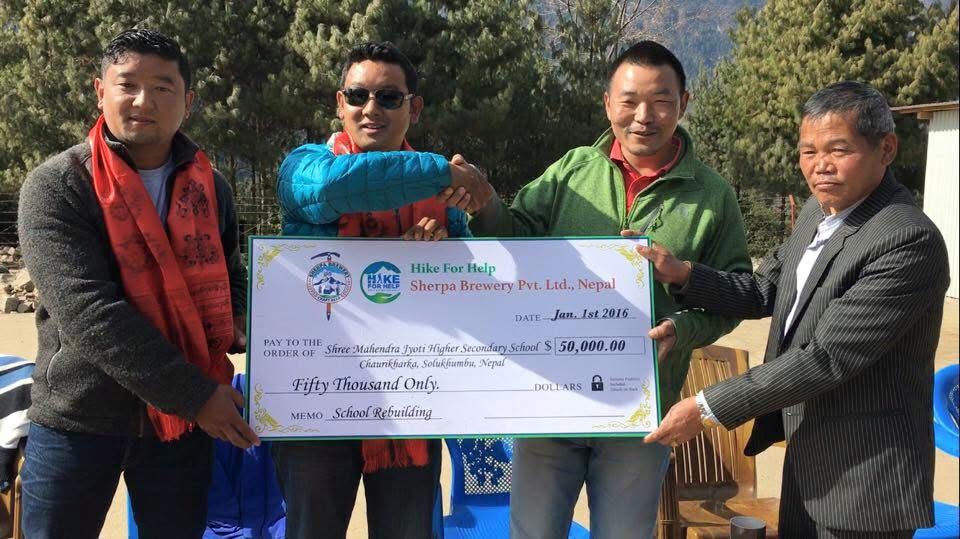
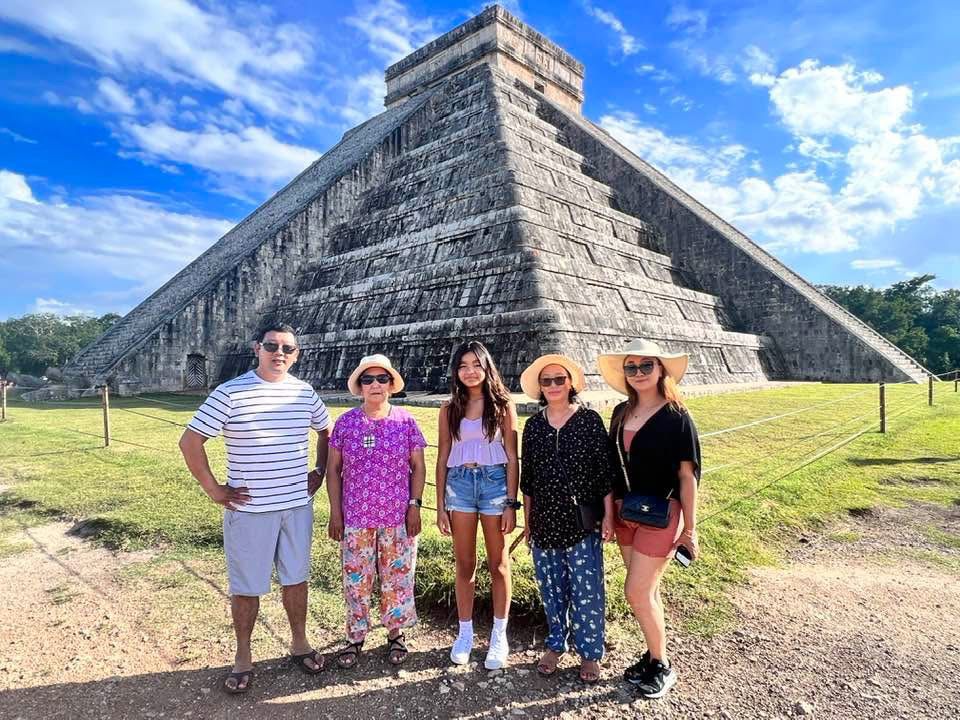

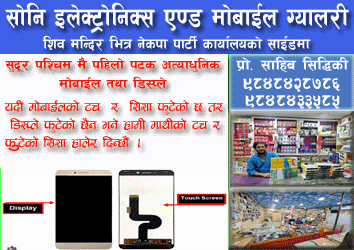
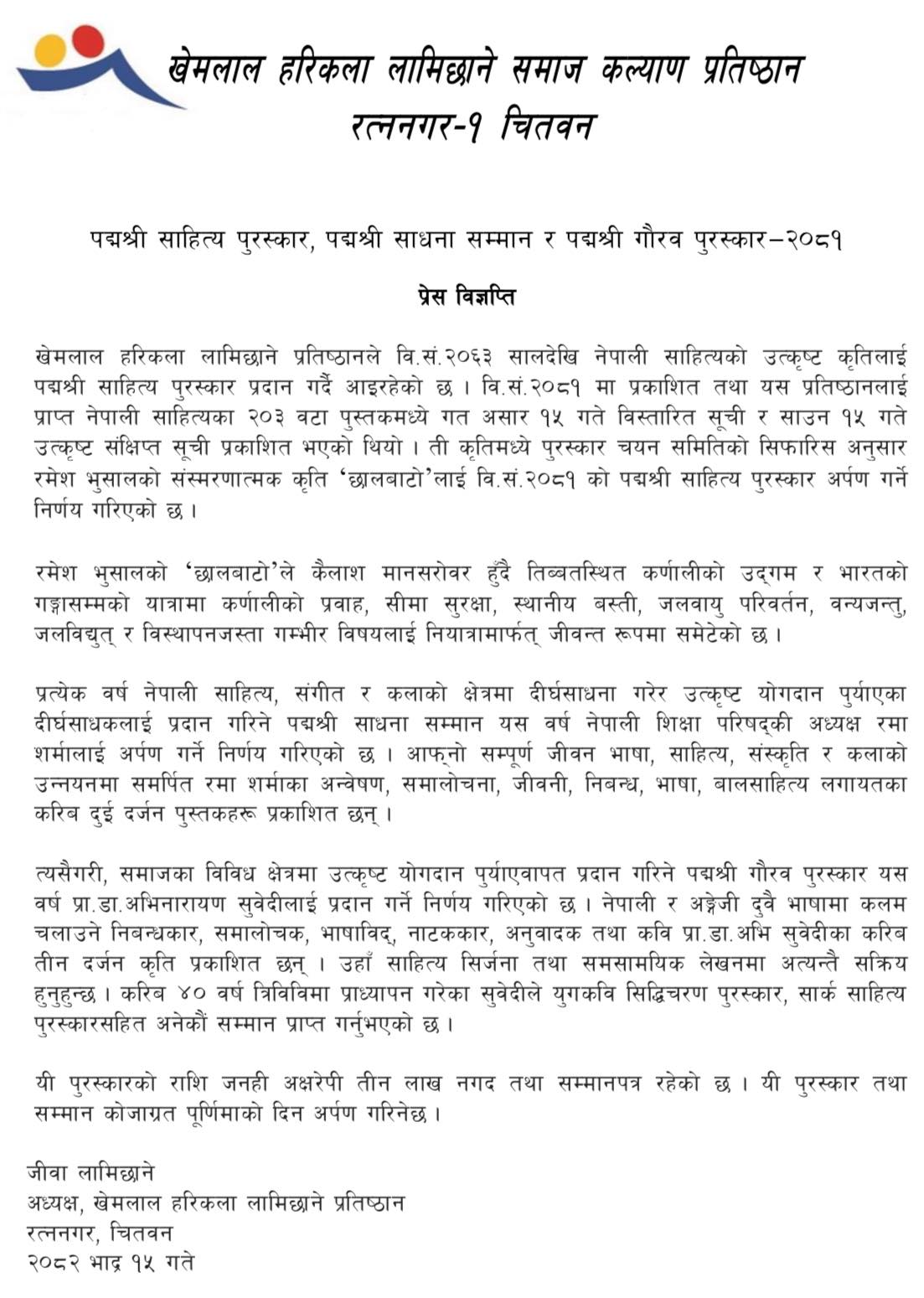
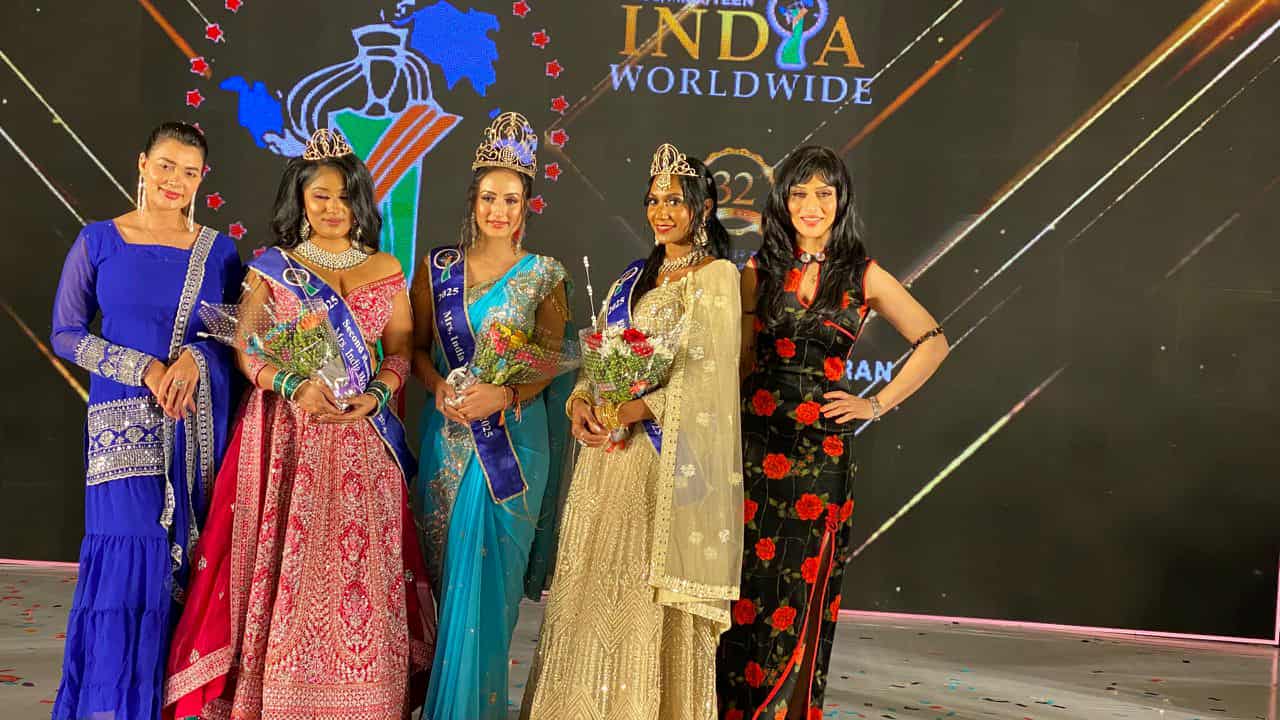
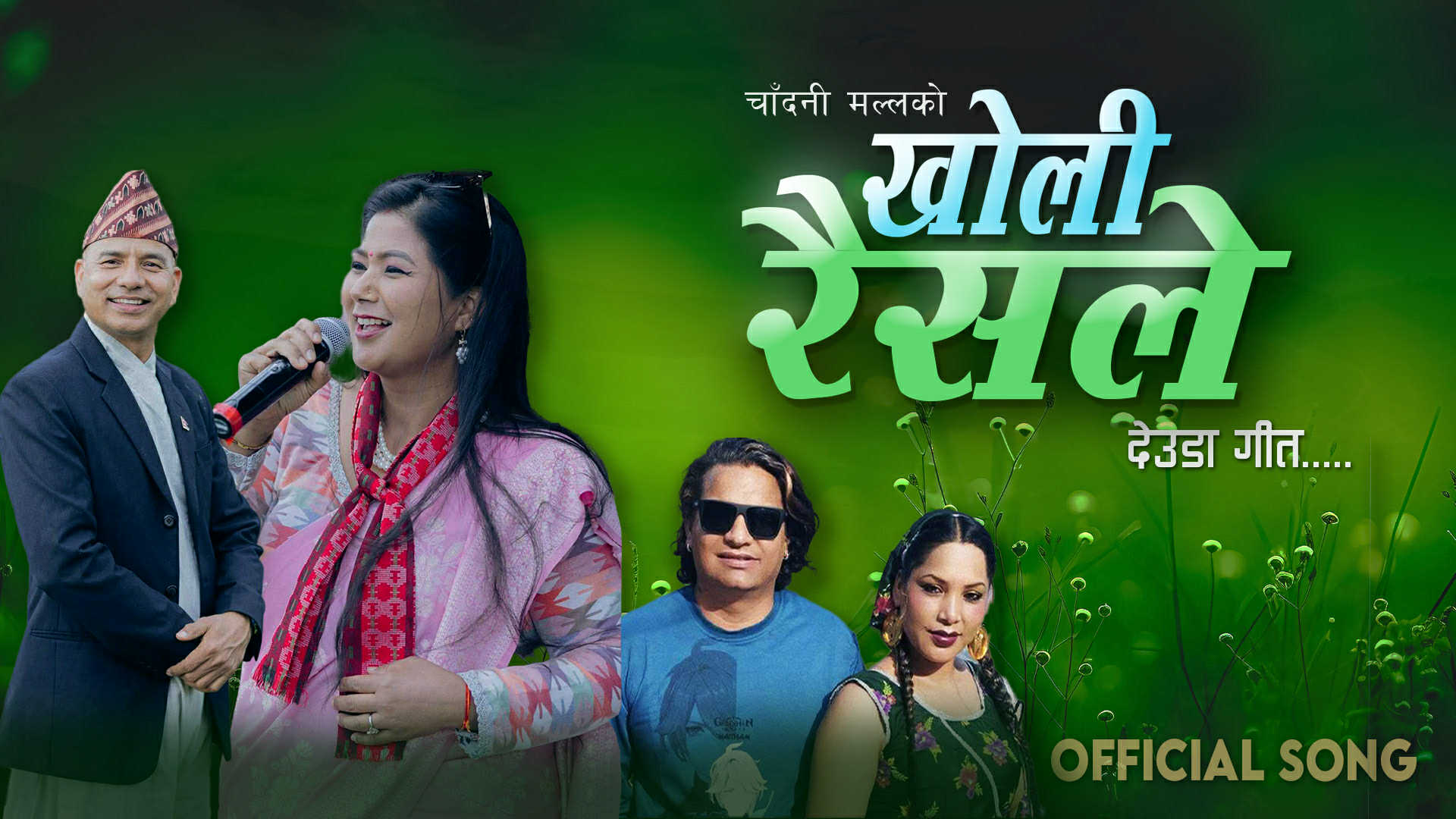
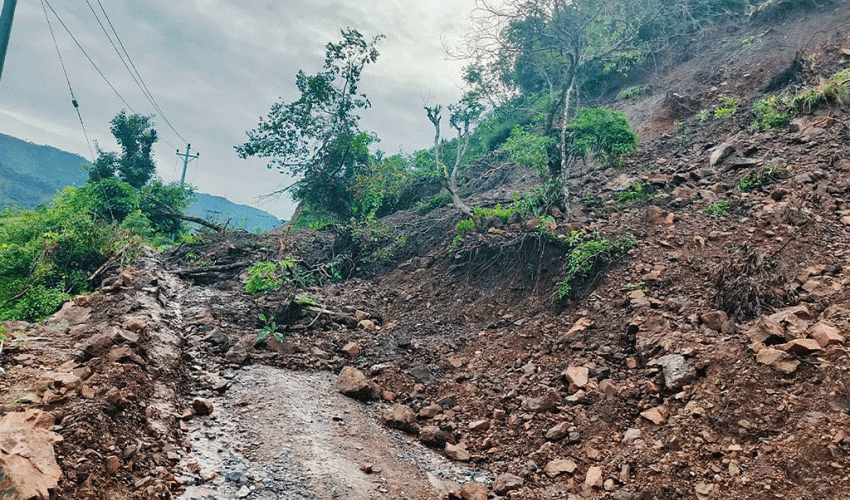
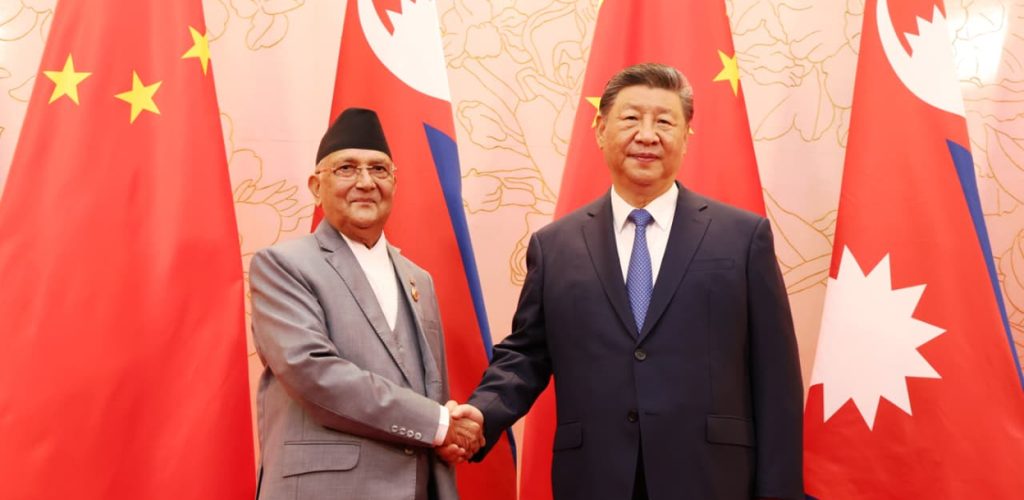
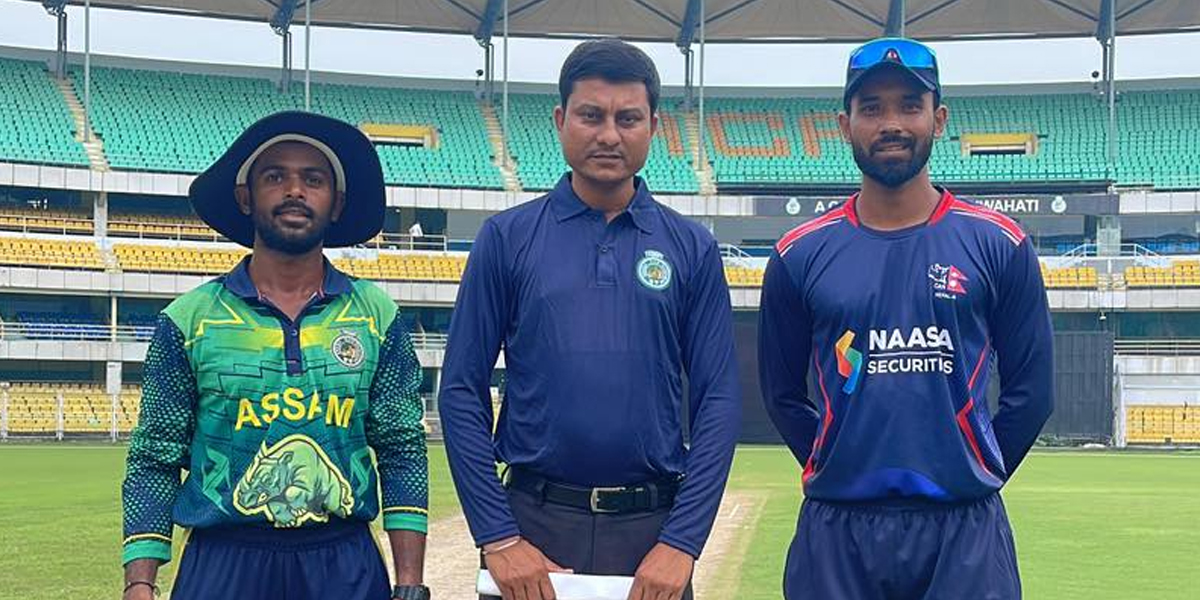
तपाईको प्रतिक्रिया